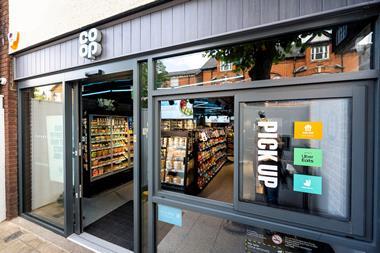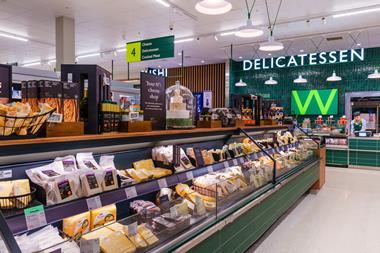It’s unfashionable to say that the Competition Commission has done a decent job, least of all on its perennial grocery inquiries.
But let’s get real. The Commission got handed this hot potato because the Office of Fair Trading messed up its initial review, was too dismissive and m’learned friends intervened.
The Commission has therefore had to spend the past two years tearing the industry apart. And it still has found nothing significant that it can pin on the industry… just like all the previous inquiries.
Still, it had to do something. Renaming the Suppliers’ Code of Conduct and appointing an ombudsman to help protect suppliers seem worthy, if hardly earth-shattering, recommendations.
The Commission had one – just one – thread to grasp. In the October report, the multiple regression team reported that fewer competitors, meant higher store profit margins. One fewer competitor is apparently worth£20,000 to£25,000 a month per store in extra profit.
In the report published last week it has gone further. By multiplying the figures by 12 this excess profit is now seen to be escalating to£240,000 to£300,000 a year. No matter that the commission has found no significant evidence of how this higher profitability happens. It has just ignored the likelihood that it is simply because of higher sales per square foot.
Relying on this one tenuous statistic, the commission proposes that the planning authorities should take account of the level of local grocery competition. Now this seems a pretty sensible recommendation.
After all, what consumers want is a choice of stores, so the occasional proliferation of one fascia to try to dominate an area has often been a bugbear. Mind you, the test of share is to be based on sales area, so there must be a smile on the faces of those with the highest sales per sq ft as they can maintain, by definition, the highest value market share.
Of course, if they truly believed these excess profits, the commission would have recommended store divestments to ensure more catchments were competitive.
As the Commission concludes: “We weighed this [store divestment] against the scale, strength and robustness of the AEC [adverse effect on competition] we had found…” and concluded that forced divestments would be “disproportionate”. In other words, the Commission is pretty sure that it wouldn’t stand up to m’learned friends.
So the industry can breathe a sigh of relief that the recommendations are pretty marginal. The Commission can exit with some dignity and pass the hot potato back to the Government to legislate changes to the planning environment. And the Government can find some legislative space in its calendar some time in the future... no hurry Sir Humphrey.
But let’s be fair to the Commission, what else could it have done? Now, where’s that file on Somerfield?
Simon Laffin, adviser to private equity on retailing and former chief finance officer, Safeway


























No comments yet